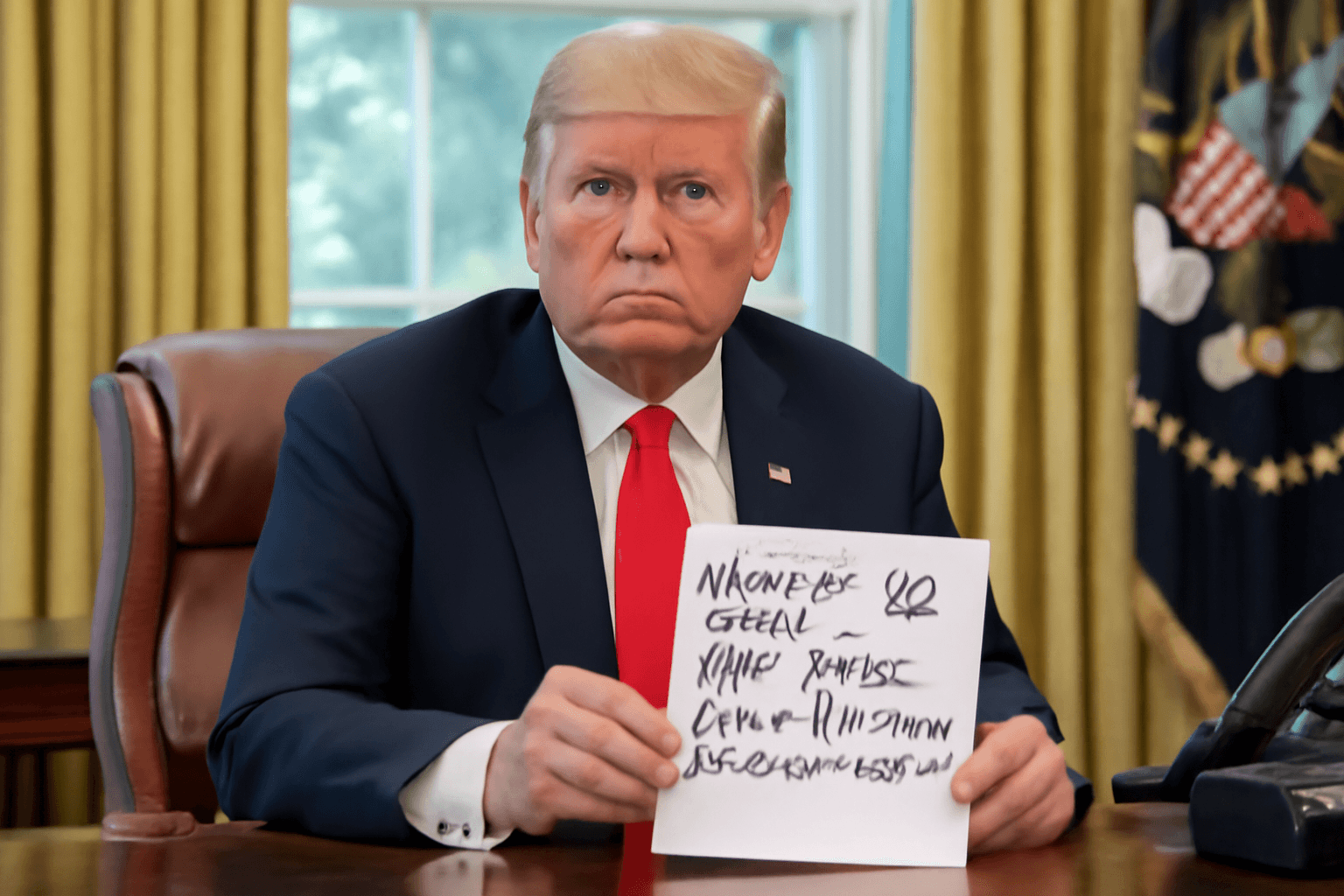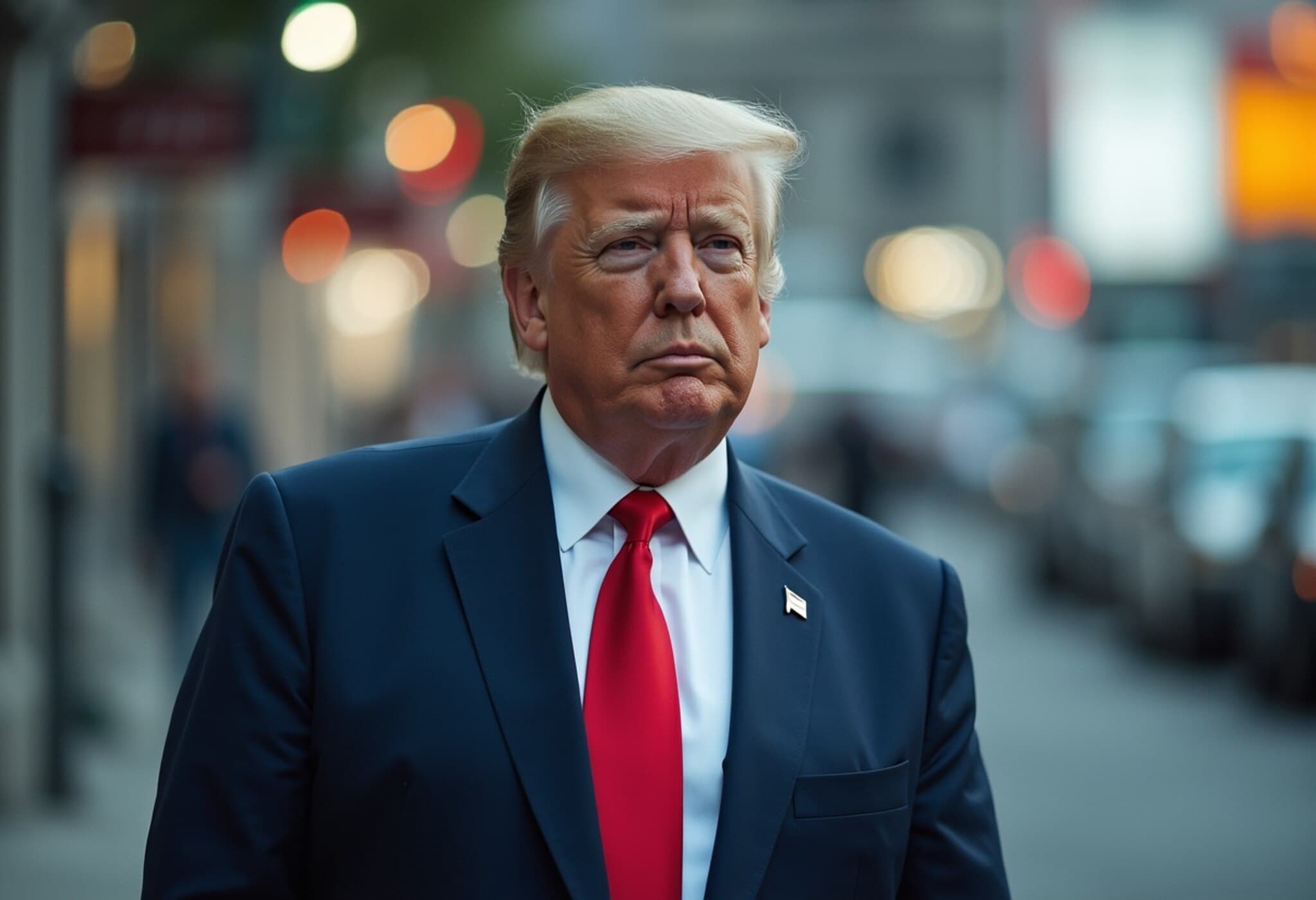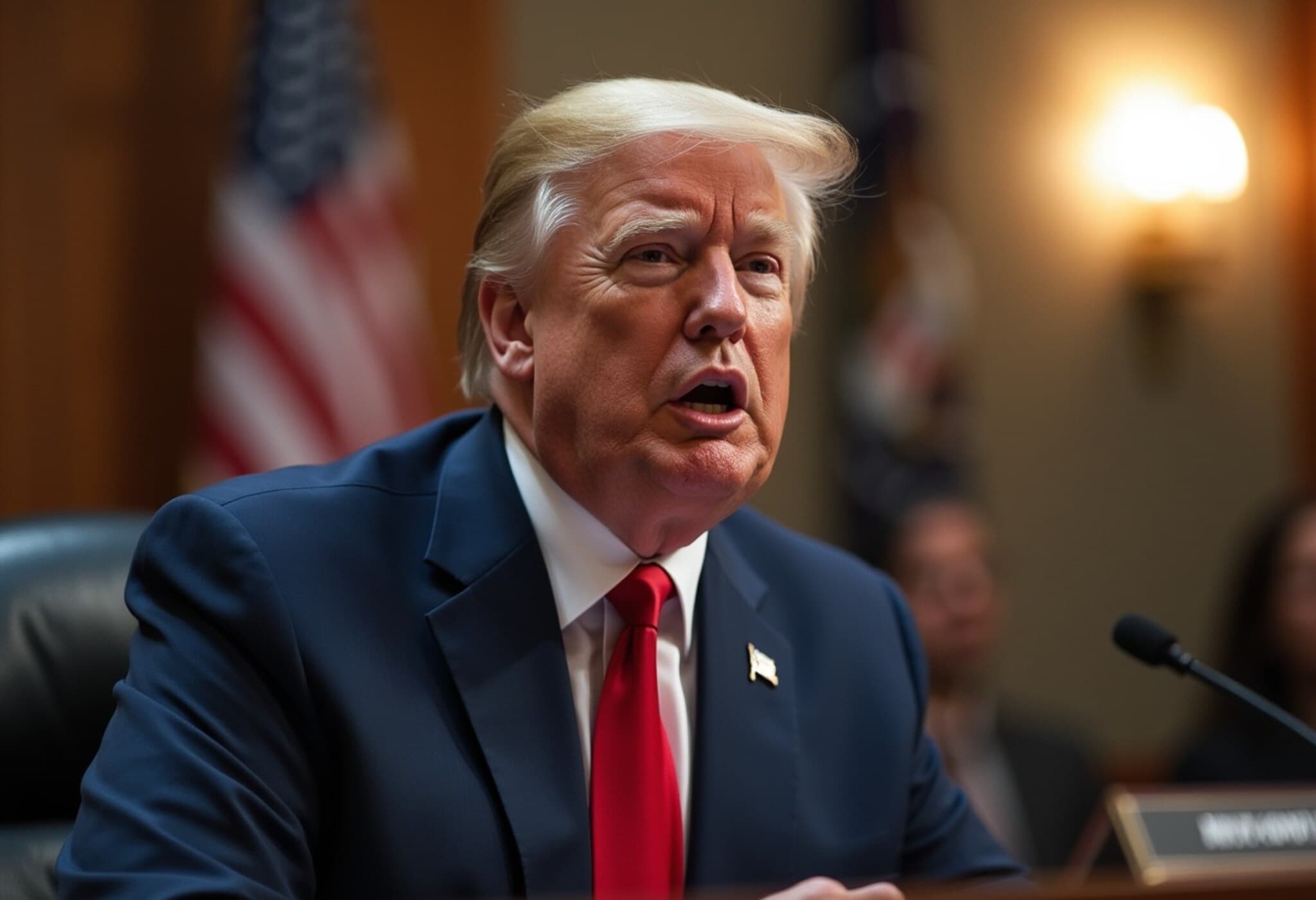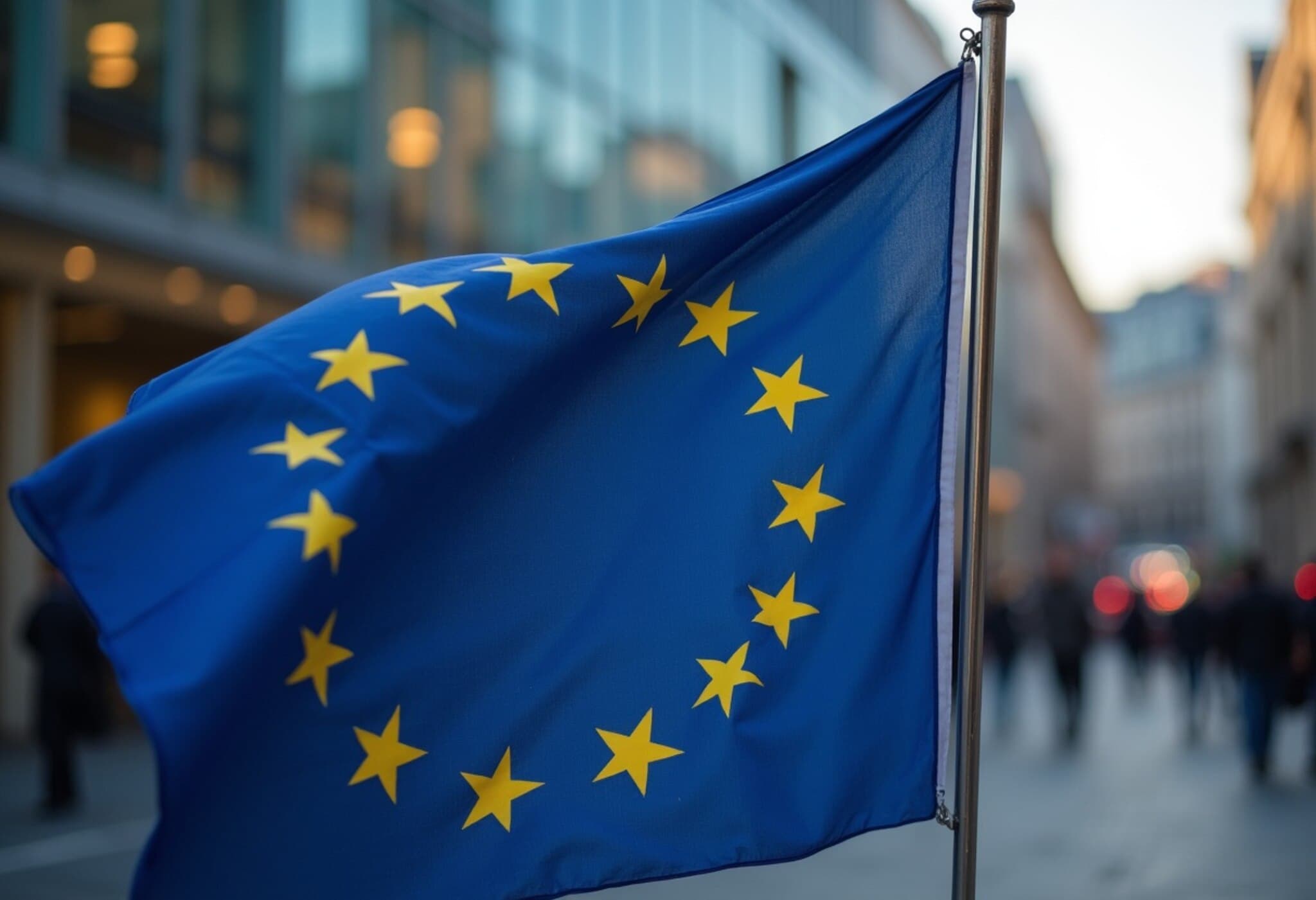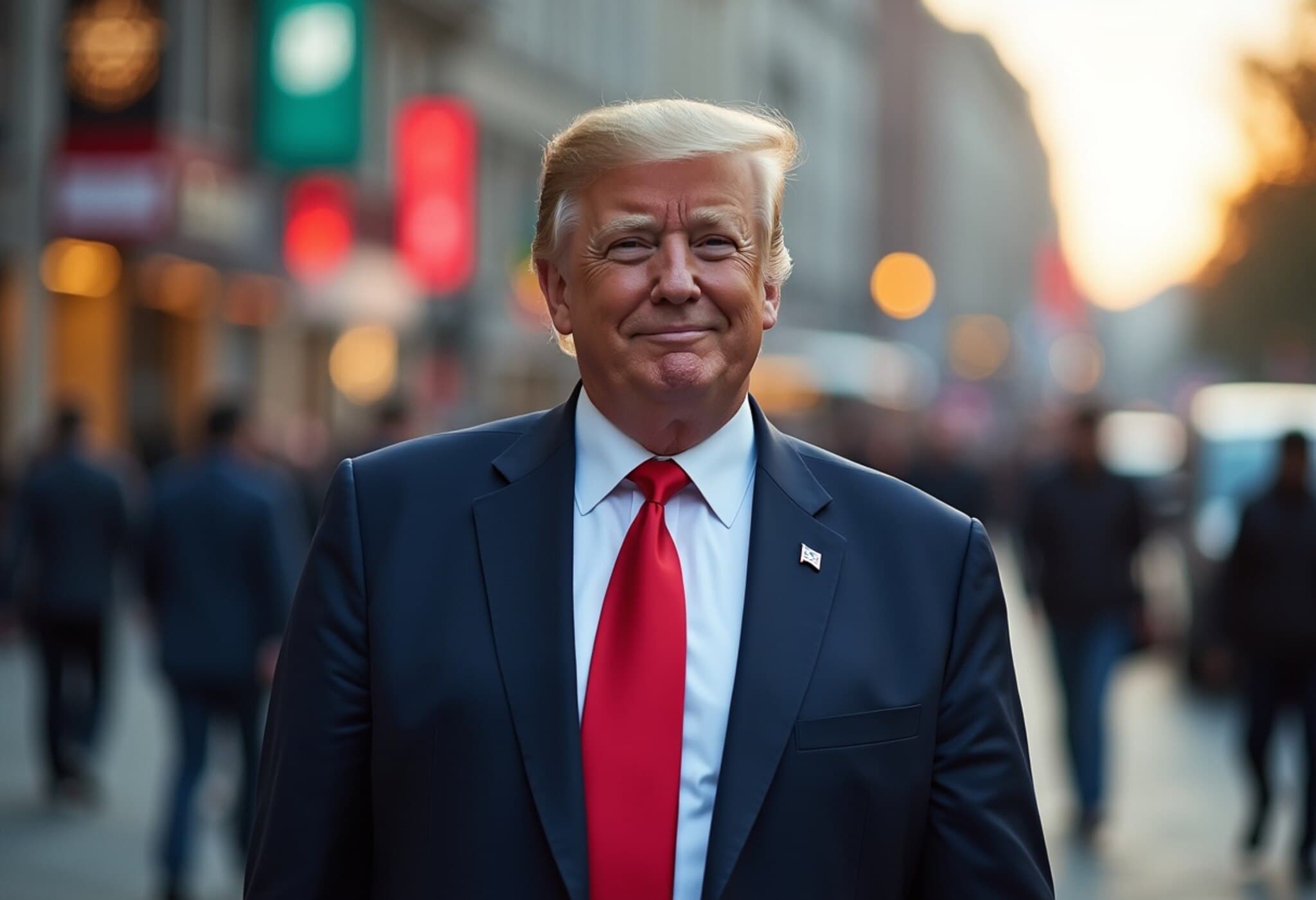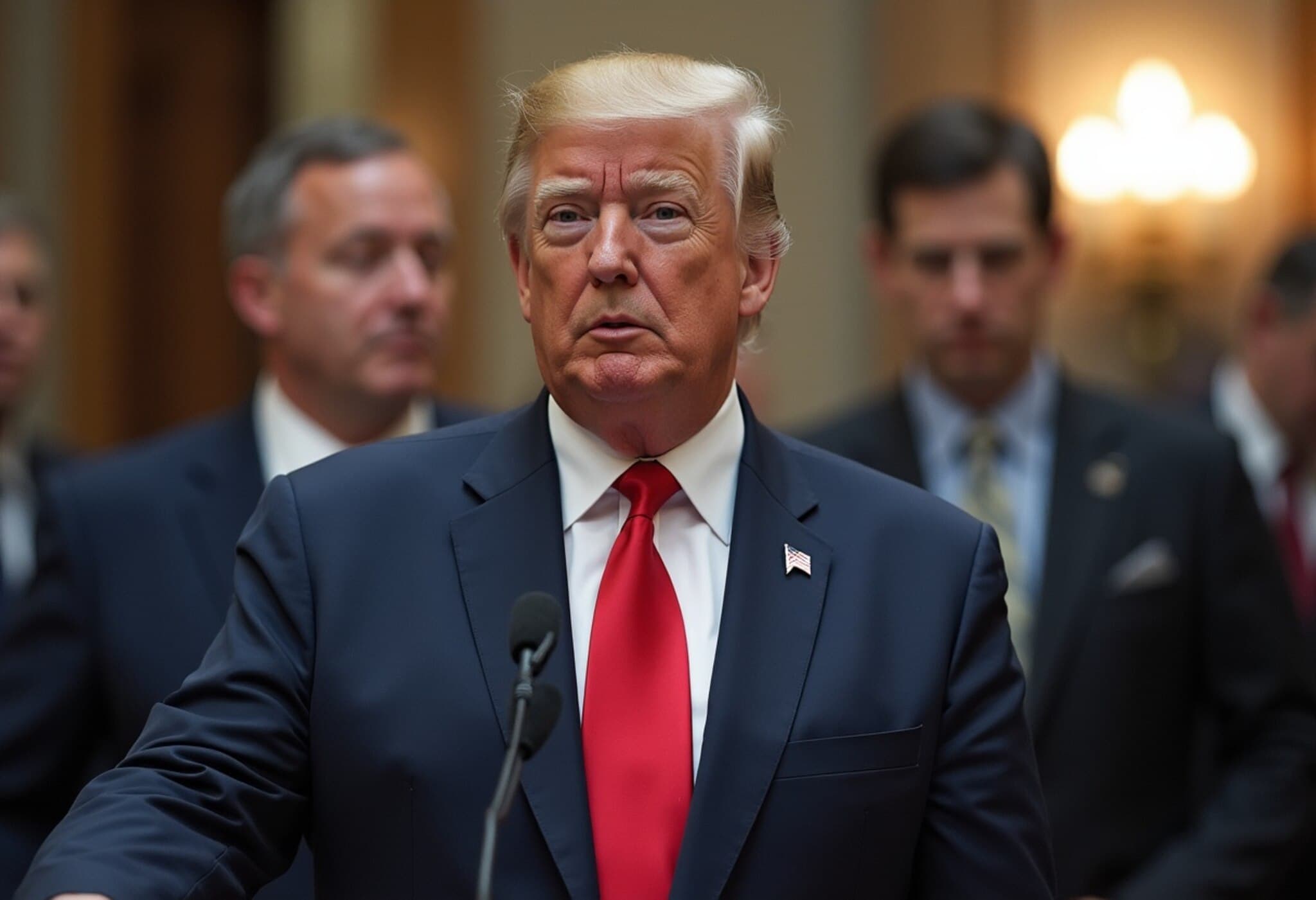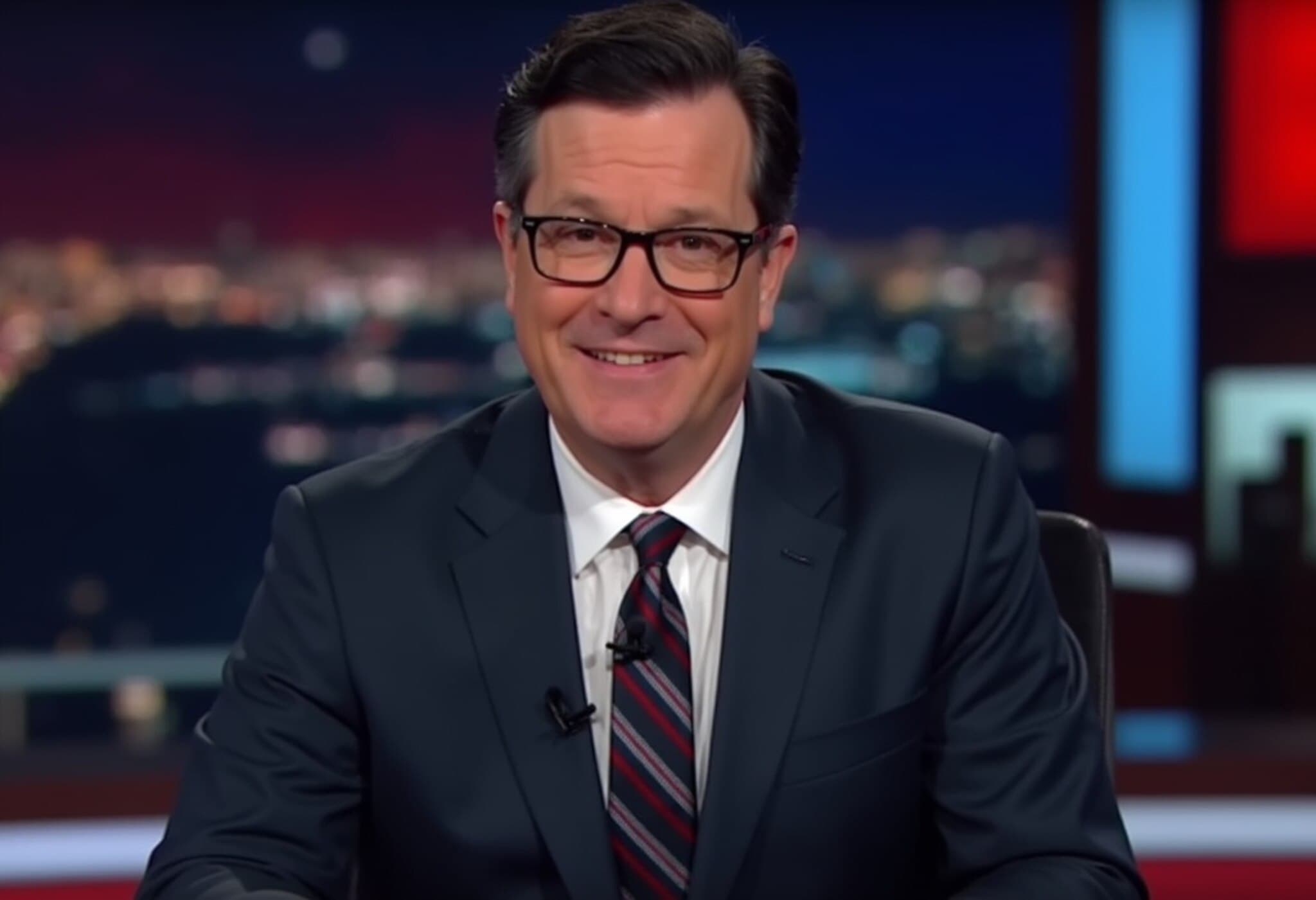New $250 Visa Integrity Fee Targets U.S. Immigration System Integrity
Starting soon, travelers needing a U.S. visa will face an additional "visa integrity fee" of at least $250, a new mandate enacted under the Trump administration’s extensive immigration legislation known as the One Big Beautiful Bill Act. This fresh fee has stirred both curiosity and concern within the international travel community due to its potential financial and procedural impacts.
Understanding the Visa Integrity Fee
- Fee amount: A minimum of $250 during fiscal year 2025 (October 1, 2024 – September 30, 2025), adjustable upward at the Secretary of Homeland Security’s discretion and indexed for inflation thereafter.
- Who pays: All travelers requiring non-immigrant visas such as tourists (B visa), business visitors, and international students.
- When paid: At the time the visa is issued, meaning those denied visas do not pay.
- Additional fees: This new fee does not replace existing visa application fees or the $24 Form I-94 fee (for arrival/departure records), increasing total costs.
Refund Possibilities and Implementation Challenges
While the legislation provides for potential reimbursements if visa holders comply with their visa terms—meaning they avoid unauthorized employment and do not overstay their visa by more than five days—the practicality of receiving such refunds remains questionable. Immigration attorneys advise considering the fee non-refundable in most cases, treating any reimbursement as a fortunate exception.
Moreover, details on the fee's rollout and collection remain vague. A spokesperson from the U.S. Travel Association highlighted the “significant challenges and unanswered questions regarding implementation,” particularly since the Department of Homeland Security (DHS), charged with imposing the fee, does not directly manage the visa application process.
The DHS itself admitted that cross-agency collaboration is necessary before this fee can be implemented, raising uncertainty about when travelers will start seeing the fee apply.
Financial Impact on Different Traveler Groups
For many travelers, especially tourists, business visitors, and international students, the extra $250 fee adds a considerable financial burden. For example, an H-1B worker who currently pays a $205 visa application fee could now face a total expense exceeding $455 when the new fee is added.
This cost increase comes at a sensitive time as the U.S. prepares to welcome global guests for high-profile events in 2026, including the FIFA World Cup and the nation's 250th anniversary celebrations, which could heighten travel demand but also sensitivity to new expenses.
Contextualizing the Visa Integrity Fee’s Purpose
The Department of Homeland Security defends the fee as a vital tool to uphold the immigration system’s integrity. While the vast majority of visa holders comply with legal terms—over 98% do not overstay their visas—data shows a significant portion of the unauthorized U.S. population initially entered legally but overstayed. This fee aims to mitigate such violations by adding a financial deterrent and funding enforcement.
Experts note the complexity of the unauthorized immigrant reality in the U.S., where overstays contribute substantially to immigration enforcement challenges.
Unaddressed Questions and Broader Travel Industry Concerns
- How and where will travelers pay the fee? The process remains unspecified, causing confusion among consulates and applicants.
- How will reimbursement claims be handled? Given that visas often last several years, tracking compliance and processing refunds poses logistical difficulties.
- Impact on U.S. tourism promotion: The fee coincides with drastic funding cuts to Brand USA, the agency promoting inbound tourism, which recently saw its budget slashed by 80%, sparking fears of reduced global marketing effort.
Geoff Freeman, President and CEO of the U.S. Travel Association, expressed frustration over the added fee amid these cuts, noting that while infrastructure and security investments are welcome, fees that complicate visitors’ journeys only hinder growth.
Expert Insight: Navigating the New Landscape
Steven A. Brown, a leading immigration law partner in Houston, advises clients to prepare for the fee as a fixed cost. "If you get a refund, consider it a bonus," Brown suggests, emphasizing the challenge of reclaiming government fees once paid.
The Congressional Budget Office projects that the fee could generate nearly $29 billion in revenue between 2025 and 2034, contributing to deficit reduction but potentially deterring some travel to the U.S.
Looking Ahead: What Travelers and Stakeholders Should Watch
With major global events and increased travel demand on the horizon, the timing and clarity of this visa integrity fee's implementation are critical. Stakeholders across government, the travel industry, and the public seek transparency on administration rules, fee payment logistics, and reimbursement mechanisms.
Meanwhile, questions linger about the balance between securing the immigration system and maintaining the U.S.'s reputation as an inviting destination for international visitors.
Editor's Note
The introduction of the visa integrity fee underscores a complex tension between immigration enforcement and promoting global connectivity through travel. While the fee aims to uphold U.S. immigration laws, its opaque implementation details and compounding costs raise critical questions about its true impact on international visitors and America's economic interests. As the U.S. approaches milestone events drawing millions, will this fee fortify the system or complicate the nation’s global appeal? Stakeholders must watch closely, advocate for transparency, and ensure the fee's rollout is fair, clear, and efficient.



